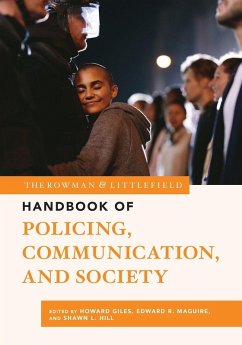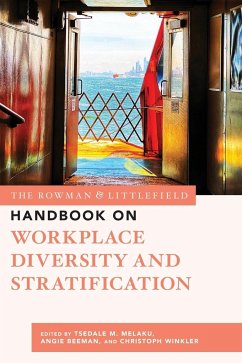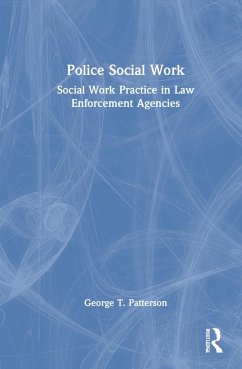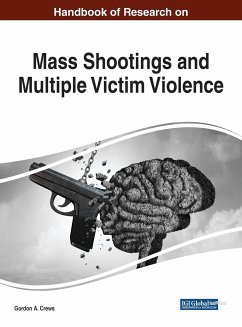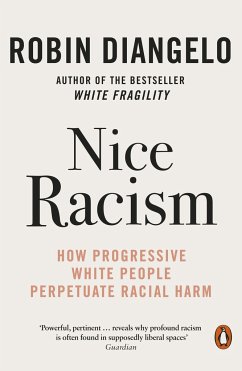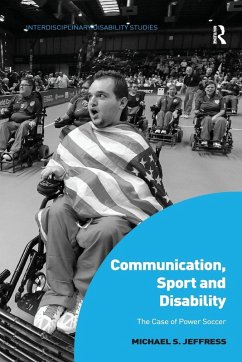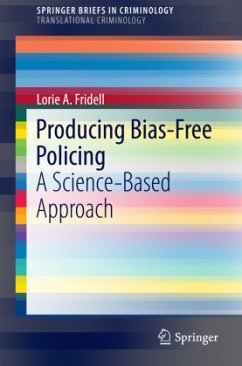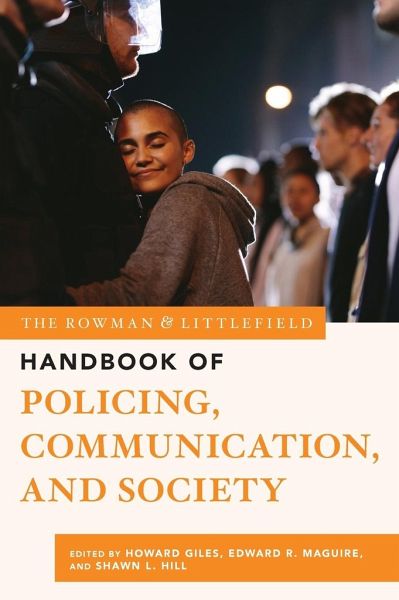
Gebundenes Buch
Rowman & Littlefield Handbook of Policing, Communication, and Society
Versandkostenfrei!
Versandfertig in 1-2 Wochen

PAYBACK Punkte
70 °P sammeln!




The Rowman & Littlefield Handbook of Policing, Communication, and Society brings together well-regarded academics and experienced practitioners to explore how communication intersects with policing in areas such as cop-culture, race and ethnicity, terrorism and hate crimes, social media, police reform, crowd violence, and many more.
Howard Giles is distinguished research professor of communication at the University of California, Santa Barbara and honorary professor of psychology at The University of Queensland, Australia. He is founding editor of the Journal of Language and Social Psychology and the Journal of Asian Pacific Communication and was past president of the International Communication Association and the International Association of Language and Social Psychology. He is also director of volunteer services at the Santa Barbara Police Department where, for 15 years, he was a reserve officer (and 24/7 member of the Crisis Negotiation Response Team), and the recipient of 13 outstanding service awards (including one at the State level). His research interests encompass interpersonal and intergroup communication processes in intergenerational, police-civilian, and other intergroup settings, and he is co-editor of the two-volume Oxford Encyclopedia of Intergroup Communication (2018). His research on communication and attitudes toward law enforcement spans over a dozen nations from Mongolia to Bulgaria to Russia. Edward R. Maguire is professor of criminology and criminal justice at Arizona State University. He has served as principal investigator on nearly $10 million in externally funded research in the United States and abroad. He currently serves as the senior researcher for law enforcement on the CrimeSolutions.gov initiative and as chair of the research advisory board for the Police Executive Research Forum.He received his PhD in criminal justice from the State University of New York at Albany in 1997. His research focuses primarily on policing, specifically police innovation; procedural justice and legitimacy; police response to gangs; criminal investigation; police response to mass demonstrations; and policing the Covid-19 pandemic and violence, specifically on homicide, gang and gun violence, human trafficking, and violence in crowds. In addition to his U.S. research, Maguire has worked extensively in developing countries and is now carrying out research in Native American communities. Shawn Hill is a lieutenant with the Santa Barbara Police Department (SBPD) and PhD student at the University of California, Santa Barbara in the department of communication. He earned a MS in criminal justice from Arizona State University. Hill currently serves on the community policing committee of the International Association of Chiefs of Police, served as a member of the Bureau of Justice Assistance Executive Session on Police Leadership, and is a National Police Foundation Policing Fellow. He has written curricula for courses certified by the California Peace Officers Standards and Training (POST), grounded in intergroup contact theory, during which police officers and college students work collaboratively through critical thinking exercises to broaden their perspectives. He currently oversees the development, implementation, and evaluation of department processes and initiatives related to police accountability.
Produktdetails
- Verlag: Rowman & Littlefield Publishers
- Seitenzahl: 426
- Erscheinungstermin: 15. April 2021
- Englisch
- Abmessung: 260mm x 183mm x 27mm
- Gewicht: 992g
- ISBN-13: 9781538132890
- ISBN-10: 1538132893
- Artikelnr.: 60010763
Herstellerkennzeichnung
Libri GmbH
Europaallee 1
36244 Bad Hersfeld
gpsr@libri.de
Für dieses Produkt wurde noch keine Bewertung abgegeben. Wir würden uns sehr freuen, wenn du die erste Bewertung schreibst!
Eine Bewertung schreiben
Eine Bewertung schreiben
Andere Kunden interessierten sich für


